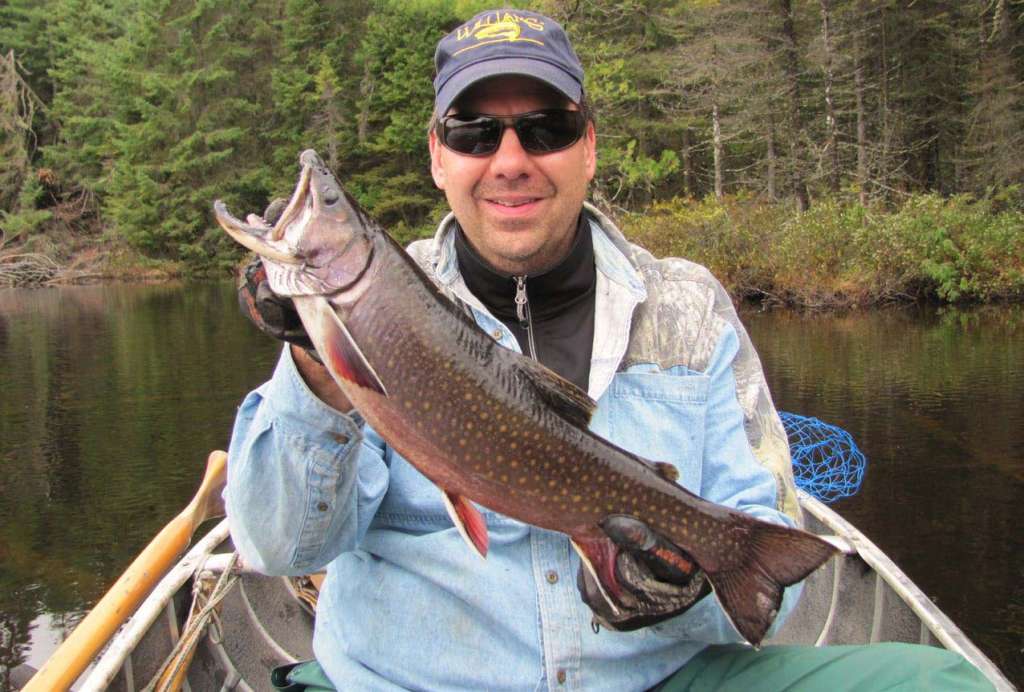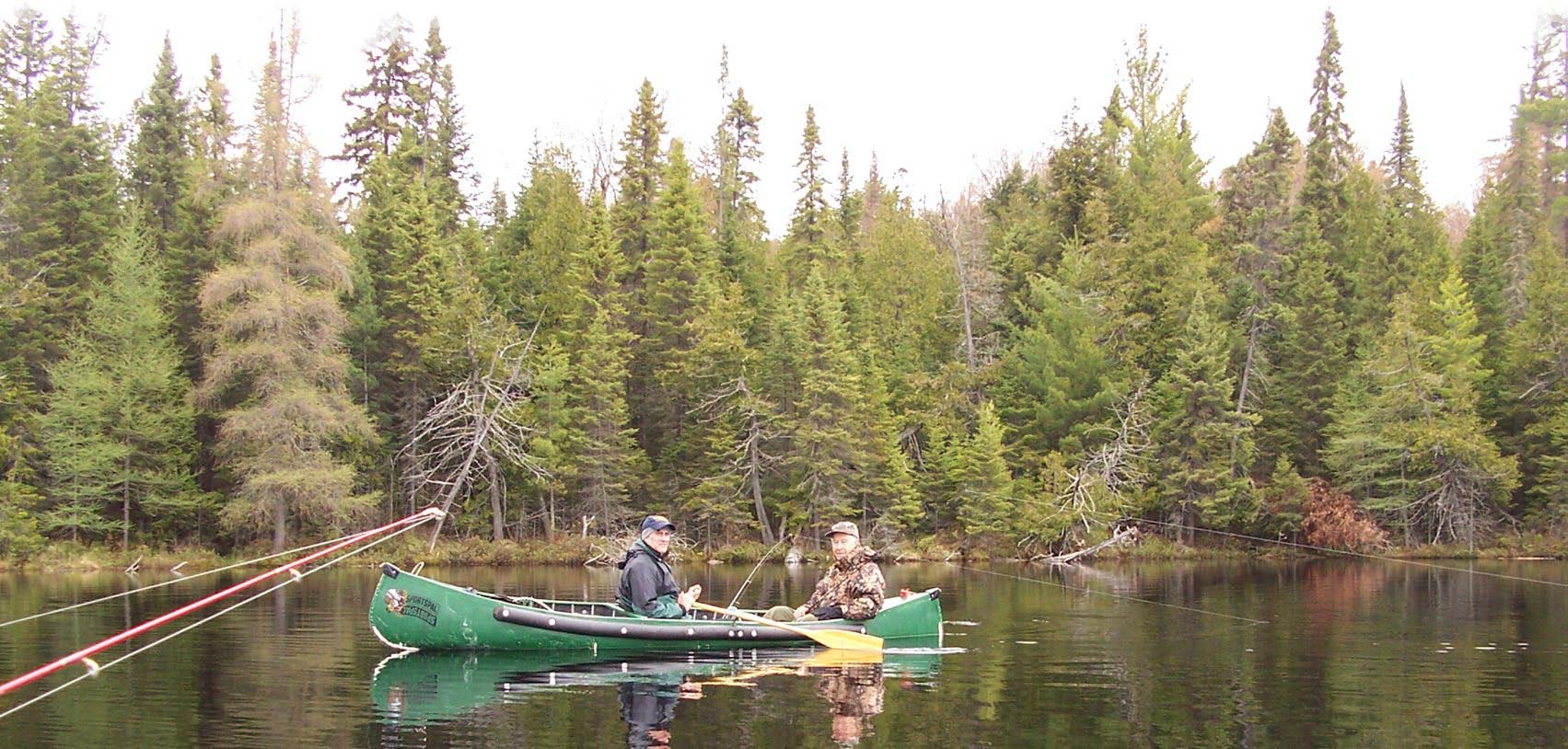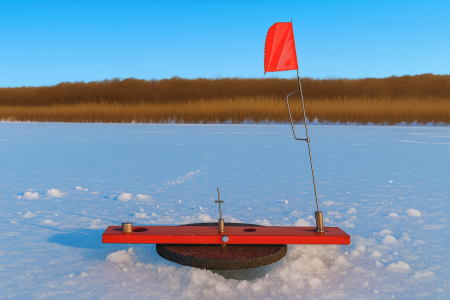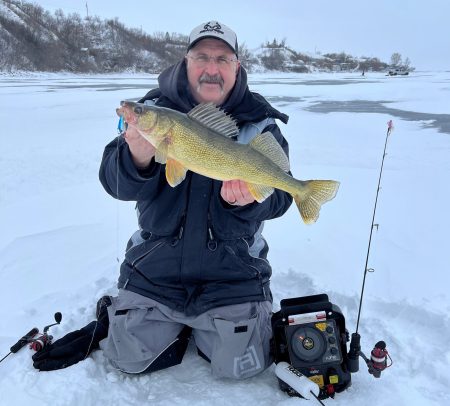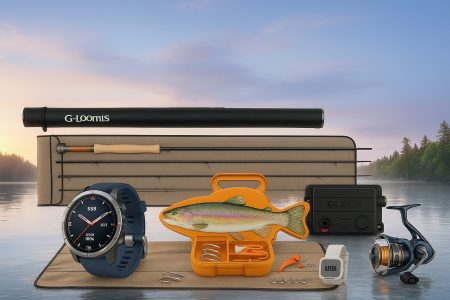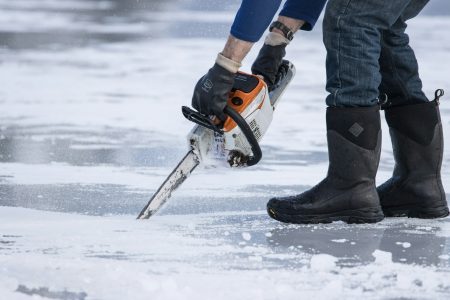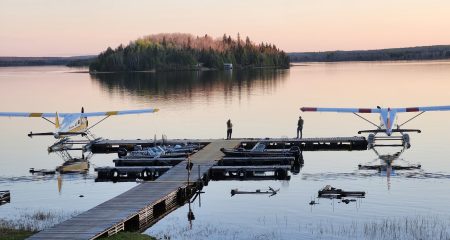The pursuit of Salvelinus fontinalis or brook trout, in Canada, has traditionally been a spring fishing opportunity, put to the wayside when mid-summer rolls around. Anglers move their focus onto other fish species, leaving the lowly brook trout virtually untouched for the remained of the year. As the end of the trout season in late September approaches, educated and informed anglers can capitalize on this absence of activity on trout waters. Truth be told, some of the best brook trout fishing of the year is had late summer, and early fall, just before the gates close on the trout season.
Bundle up folks and break out the cool weather gear, this is the last kick at the can for these elusive fish. Armed with a few late season tips, tactics, and knowledge of autumn trout behaviour, anglers in ‘the know’ will enjoy perhaps the best fishing of the year!
Fall Behaviour
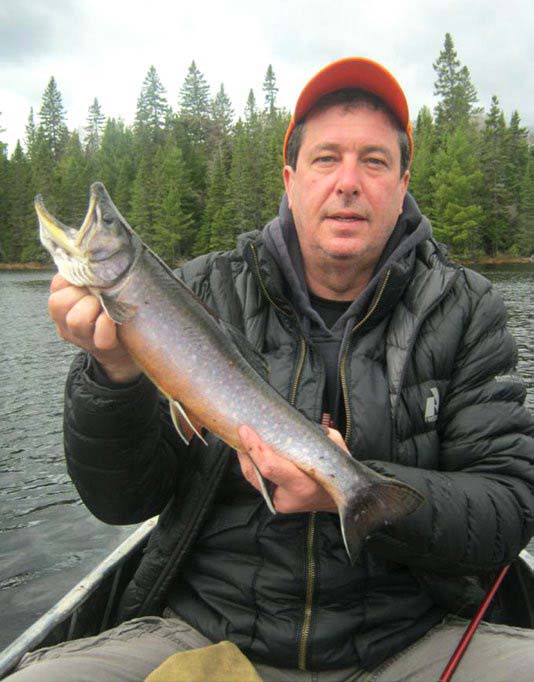
Water surface temperature starts to drop below the 65-degree Fahrenheit barrier for the first time in over three months. The highly temperature-dependant fish now begin to rise in the water column, searching out available food and cover. It is a phenomenon that occurs in Central Canada, Maritimes and in the western waters as well. In this pre-turnover period of the year, lake water remains stratified with cooler water still at the bottom. When the surface temperature dips, water density increases at the top of the water column. The bottom-dwelling summer trout are now moving freely about the water column, feeding more readily, and preparing for the fall spawn just a few short week’s away.
This weight and density of surface water eventually leads to a mixing of the lake, which results in one constant temperature throughout. In most regions, the trout season is over by late-September, and the spawn has commenced by the time turnover occurs, making pre-turnover the window of opportunity for late season trout. This is where you want to be an avid trouter!
Locations to Target
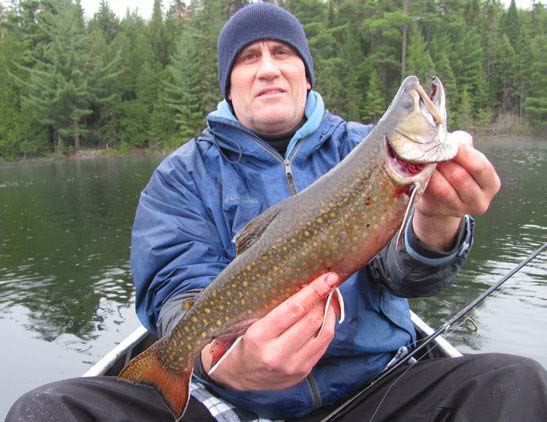
With the autumn trout spawn pending, brookies will soon congregate at the mouths of natural tributaries to start their ascent. Focus on the creek, river mouth drop-offs as another good late season holding area. As water temperature continues to approach 50 degrees Fahrenheit, brood stock begins to head up stream in search of spring upwellings to build their redd, and then deposit their eggs and milt.
Water Temperature
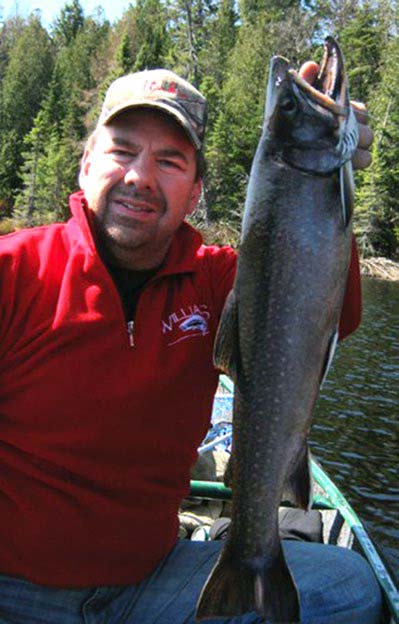
Fall Trout Recon
To properly scope out a lake for fall potential means to cover water effectively. The easiest way to achieve this, I have found is by trolling, be it in a canoe or a boat. The key is locating where the active fish are holding. Often, late season trout congregate in just one or perhaps two different areas of the lake. If you do choose trolling, try not to use an outboard motor, as the noise may discourage the spookier fish from approaching. Always think smooth and quiet when trolling for these wary and sound sensitive fish.
Late Season Tackle
Do not be afraid to try a variety of spoons and spinners for late season brookies. Many die-hard trouters swear by a certain lure their entire lives, and never switch. Others mix it up constantly, clipping on a large wobbler for trolling, then quickly replacing it with a small minnow-type casting spoon. I discovered the Mooselook, Williams and Lake Clear wobblers, when rigged with a snelled hook and worm, are excellent search baits. A No. 4 or No. 6 size hook attached to a strip of monofilament, 6 inches to 12 inches behind the spoon works best.
William’s Flashers and W55 Lite spoons are very effective at this time of year. When fish become more active as water cools, try going with the shorter 6-inch lead, but stay with a longer lead when the fish are shy. The flash of the spoon will bring them in for a ‘look see’ while the worm provides them something to bite. This technique is equally effective in the spring and extremely popular.
Quiet Time On The Water
Since this time of year is traditionally associated with the pursuit of big game, many sportsmen have already shifted their interest and efforts toward moose or other types of hunting. The result is a lack of trout anglers on the water. Consequently, many of the good lakes are now prime for the picking. With little or no traffic or fishing pressure during the late season, a trout fishing niche is created. Armed with these few simple late season pointers, you could very well enjoy your most productive brook trout adventure ever.
Tight lines and I will see you on the water!
(Jeff Morrison is an award-winning member of the Outdoor Writers of Canada, book author and former magazine Editor-in-Chief. His nationally syndicated outdoors column: ‘The Outdoors Guy’ appears in over 40 newspapers across Canada.)
By Jeff Morrison
Per our affiliate disclosure, we may earn revenue from the products available on this page. To learn more about how we test gear, click here.






